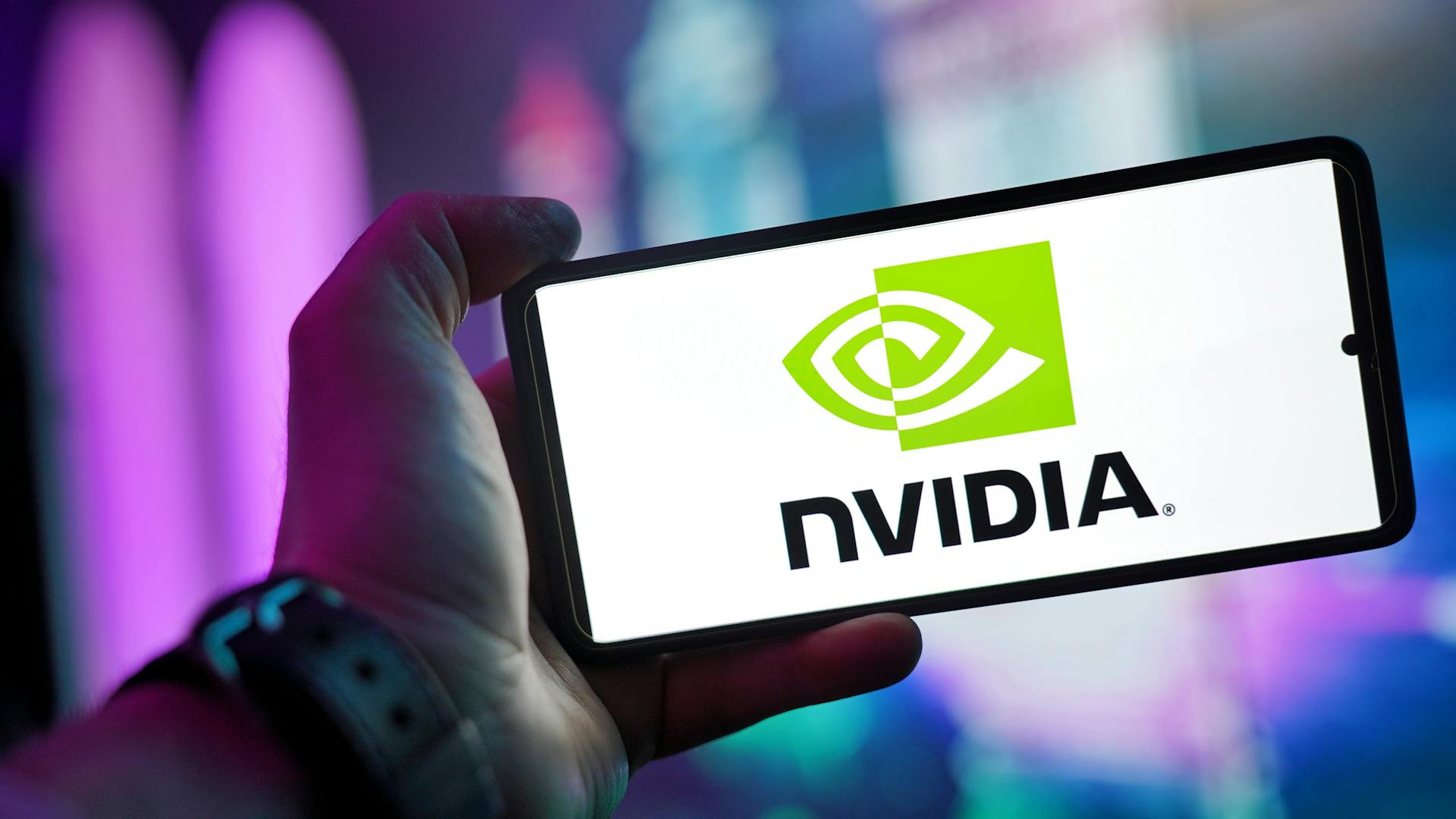Executive summary
- Q2 2025 total revenue $114.5 million; subscription services $40.8 million; subscription growth +69.5% YoY.
- Q2 2025 diluted GAAP EPS $32.60 driven by unrealized fair-value gains on bitcoin; net income $10.02 billion.
- Digital assets (bitcoin) as of June 30, 2025: ~597,325 BTC with market value $64.4 billion (price $107,752); software business revenue TTM ≈ $462.3 million.
- Debt profile: long-term debt ≈ $8.162 billion; stockholders’ equity ≈ $47.477 billion; debt-to-equity ≈ 0.17.
- Verdict (one sentence): MicroStrategy MSTR software business vs bitcoin treasury strategy presents a bifurcated investment case-small, slow-growing enterprise software revenue plus a dominant bitcoin balance sheet that creates extreme valuation sensitivity to BTC price and capital-markets activity.
Summary fundamentals
- Latest quarter revenue (Q2 2025): $114.5 million.
- Revenue YoY % (Q2 2025): +2.7% year-over-year.
- Latest quarter EPS (diluted GAAP): $32.60 per share (Q2 2025).
- EPS YoY %: from a GAAP loss of $0.57 per share in Q2 2024 to $32.60 in Q2 2025 (loss → significant positive driven by fair-value bitcoin gains).
- Gross margin (Q2 2025, consolidated): 68.8% (gross profit $78.7 million).
- Debt-to-equity (period end Jun 30, 2025): long-term debt $8,162,281,000; total stockholders’ equity $47,477,044,000; debt/equity ≈ 0.17.
- Market capitalization (late-Sept 2025 snapshot): ~$88.6 billion.
Detailed fundamental analysis
Revenue trends
MicroStrategy’s software business is small relative to its bitcoin treasury. Q2 2025 consolidated revenue was $114.5 million, up 2.7% YoY, with subscription services expanding strongly (+69.5% YoY) but product support and other services declining. The software business is growing modestly and remains margin-rich but not scale-dominant versus the bitcoin portfolio.
TTM revenue for the consolidated company is roughly $462.3 million, meaning the software segment is the primary recurring cash-flow engine but accounts for a low absolute share of corporate market capitalization.
Margin drivers
Gross margin for the quarter was 68.8%, driven by high-margin software revenues and comparatively low cost of revenue. Software gross margins are consistent with enterprise software economics; however, consolidated profitability metrics are dominated by fair-value accounting on bitcoin (unrealized gains recognized in net income under ASU 2023-08). That accounting choice creates quarter-to-quarter profit volatility tied to BTC price moves.
Balance-sheet strength and liquidity
As of June 30, 2025, MicroStrategy reported cash and cash equivalents of $50.1 million and significant marketable bitcoin holdings valued at $64.4 billion on the balance sheet; long-term debt is ~$8.16 billion. Net leverage measured against equity is modest (debt/equity ≈ 0.17), but the company’s enterprise risk is concentrated in digital assets whose fair value flows through earnings. Liquidity for operations is limited in cash terms; the company relies on capital markets (ATM offerings and preferred issuance) to fund purchases and obligations.
Valuation multiples
Conventional multiples are distorted. Trailing consolidated revenue (TTM) ≈ $462.3 million implies Price/Sales above 170x using a market cap near $88.6 billion, an outlier versus enterprise software peers. GAAP P/E is similarly misleading because GAAP earnings are highly sensitive to BTC fair value changes; Q2 2025 GAAP EPS was $32.60 driven by a $14.0 billion unrealized gain on bitcoin. Use caution applying standard software multiples without separating treasury NAV from operating business value.
Momentum & technical snapshot
- RSI(14): 37.26 – neutral/near oversold range.
- MACD (12,26): -11.20; TipRanks context flags MACD as showing buy momentum but the broader moving-average consensus is a sell – mixed signal, momentum vulnerable to BTC moves.
- 50-day SMA: 361.03; 200-day SMA: 352.37; latest price ~$309.06 – price below both 50d and 200d SMAs (technical sell on moving averages).
- 1-month return vs Nasdaq Composite: MSTR 1-month ≈ -2.39%; Nasdaq Composite 1-month ≈ +4.43% – MSTR underperformed the index over the last month.
- Average daily dollar volume: average volume ~12.66M shares; last close ~$309.06; average daily dollar volume ≈ $3.91 billion.
Interpretation: technicals show exposure to downside if bitcoin price weakens; MACD/RSl ambiguity reflects the company’s split identity – equity follows bitcoin momentum often more than software fundamentals.
Peer comparison
Direct public peers split into two categories: enterprise software comparators and bitcoin-focused peers. Below compares two software peers (for valuation and operating metrics).
- Palantir Technologies Inc. (PLTR) – growth and margin peer in AI/analytics: Q2 2025 revenue $1.00B; adjusted operating margin ~46%; aggressive top-line growth in 2025; market values Palantir as a high-multiple growth SaaS business. Use Palantir as a comparator for gross margins and Rule-of-40 tradeoffs rather than BTC exposure.
- Snowflake Inc. (SNOW) – data platform high-growth peer: FY2025 revenue ~$3.63B; gross margin ~75%+ on product; forward P/E reported ~186–189 by data providers (forward multiples fluctuate rapidly). Snowflake shows larger revenue scale and traditional SaaS re-rating dynamics separate from crypto balance sheet risk.
Comparison conclusion: MicroStrategy’s software business delivers healthy gross margins and subscription growth but operates at a revenue scale an order of magnitude smaller than these peers; MSTR’s market cap is dominated by bitcoin market value and capital-markets dynamics, not core software comparables.
Latest earnings highlights & management guidance
- “Record Net Income of $10.0 Billion and EPS of $32.60.”
- “Digital assets comprised of approximately 597,325 bitcoins.”
- “Subscription Services Revenues were $40.8 million, a 69.5% increase year-over-year.”
- “FY2025 guidance: Operating Income ≈ $34 billion; Net Income ≈ $24 billion; Diluted EPS ≈ $80 per share (assumes BTC $150,000 year-end).”
Each quote is verbatim from the company Q2 2025 release and guidance materials.
Strategic moves, catalysts & risks
Recent strategic catalysts
- Rebranded to “Strategy” and reiterated the corporate mission as a Bitcoin Treasury Company while retaining the software business. This rebranding signals priority on BTC accumulation and capital-markets activity.
- Aggressive capital-markets programs: multiple ATM programs for class A common stock and several preferred stock issuances to fund bitcoin purchases; IPO and ATM programs for preferred classes created new financing channels. These enable continued BTC accumulation but increase potential dilution and preferred claims.
- Ongoing sizeable BTC purchases in 2024–2025 increased holdings materially; purchases often funded by equity and preferred issuances. These purchases are catalysts when BTC rallies and a source of vulnerability when BTC sells off.
Principal risks from filings and reporting
- Fair-value accounting sensitivity: ASU 2023-08 requires fair-value measurement of bitcoin; unrealized gains/losses flow to GAAP earnings and produce large EPS volatility. Earnings are therefore tightly coupled to BTC price.
- Capital-markets dependence and dilution risk: reliance on ATM offerings and preferred stock issuance to fund BTC buys creates dilution and structural senior claims that can reduce common shareholder economics.
- Operational concentration: the core software business is material but small; if BTC strategy falters, the equity valuation could re-center on modest software cash flows, causing sharp re-rating.
Valuation & scenario analysis
Inputs (period-specific): BTC market value on June 30, 2025 $64.4B; bitcoin holdings 597,325 BTC; TTM revenue ≈ $462.3M; diluted shares ≈ 306.764M; long-term debt ≈ $8.162B; cash ≈ $50.1M. These inputs derive from the Q2 2025 company release and public financial data.
Method: simple conservative EV construction that separates bitcoin NAV exposure from operating business EV. Equity value = (BTC market value × BTC factor) + software EV − net debt. Price = equity value / diluted shares.
Scenarios (rounded):
- Conservative – Price target $104 per share. Assumptions: BTC valued at 60% of market (deep discount), software valued at 3× revenue, net debt subtracted. Rationale: market applies large discount to corporate NAV plus minimal multiple for software.
- Base – Price target $161 per share. Assumptions: BTC valued at 85% of market, software EV at 6× revenue, net debt subtracted. Rationale: partial recognition of bitcoin NAV plus modest multiple for software optionality.
- Optimistic – Price target $202 per share. Assumptions: BTC at full market value, software EV 12× revenue, net debt subtracted. Rationale: market recognizes full bitcoin value and assigns premium multiple to software optionality.
Context: market prices near $309 (late-Sept 2025) trade above the optimistic scenario calculated using June 30 BTC holdings; divergence is explained by subsequent BTC purchases since June 30, changes in BTC price, and market expectations for continued accumulation and mNAV accretion. Investors must map current BTC holdings and shares outstanding at valuation time-they change frequently due to active ATM programs.
Trading checklist & signals
Momentum trader (short–medium term)
- Entry rule: only enter long after a multi-day capitulation or when MACD crosses positive and price recovers above the 50-day SMA with volume > 20-day average. Use BTC price confirmation (BTC 24-hr trending up).
- Position sizing: limit to 2–4% of trading account; avoid full allocation to avoid event-risk from BTC shocks.
- Stop: set initial stop 10% below entry; if BTC declines >10% intraday, cut position.
- Take-profit: scale out at 25% and 50% gains; tighten stops to breakeven at +10% and trail each tranche by 12–15%.
Longer-term investor (fundamental)
- Sizing: cap single equity exposure to MSTR at 1–3% of long-term portfolio unless investor explicitly seeks leveraged BTC proxy.
- Add criteria (must be met to increase exposure): (1) evidence of durable signaling that company continues to acquire BTC on accretive terms, (2) BTC per share (BPS) increasing or stable after accounting for dilution, (3) software ARR showing >15% YoY subscription growth sustained for 4 quarters.
- Hedging: consider buying protective puts if allocation >2% or hedging with short position in overvalued tech ETF; use position-size caps if company issues preferred stock that creates senior claims.




